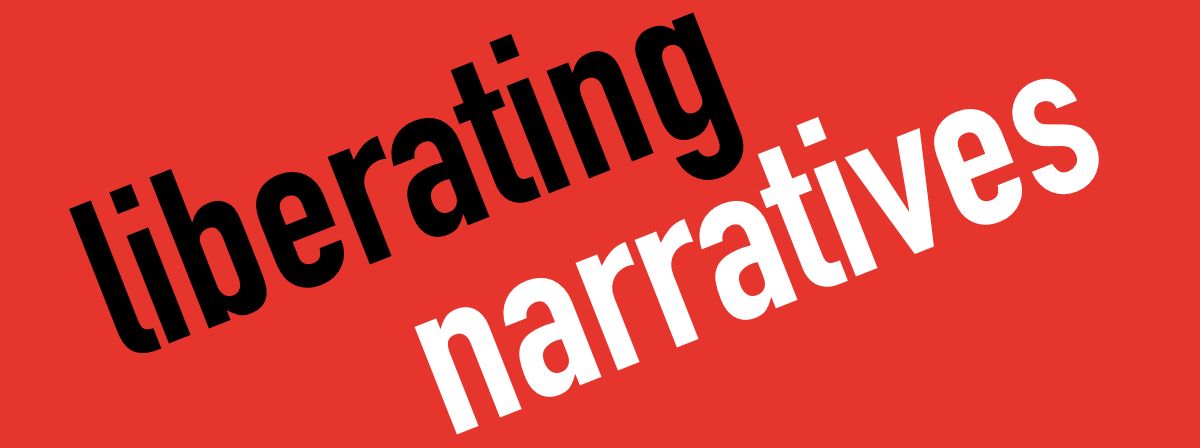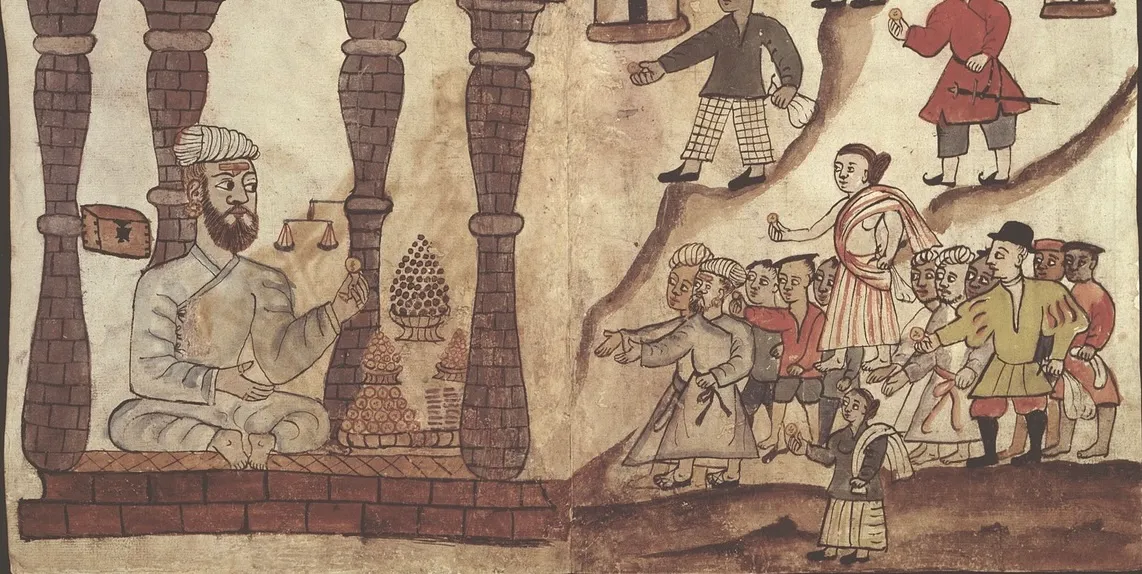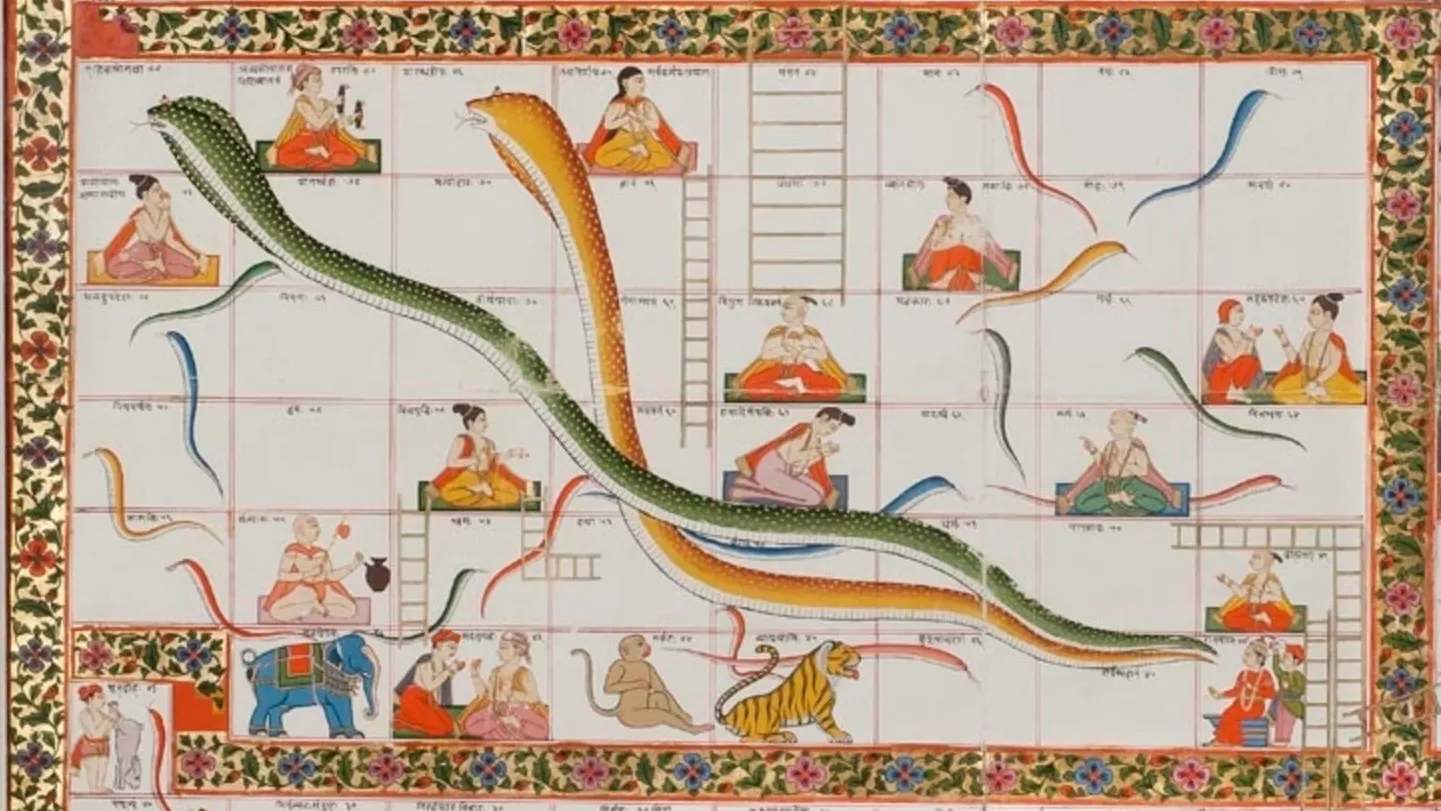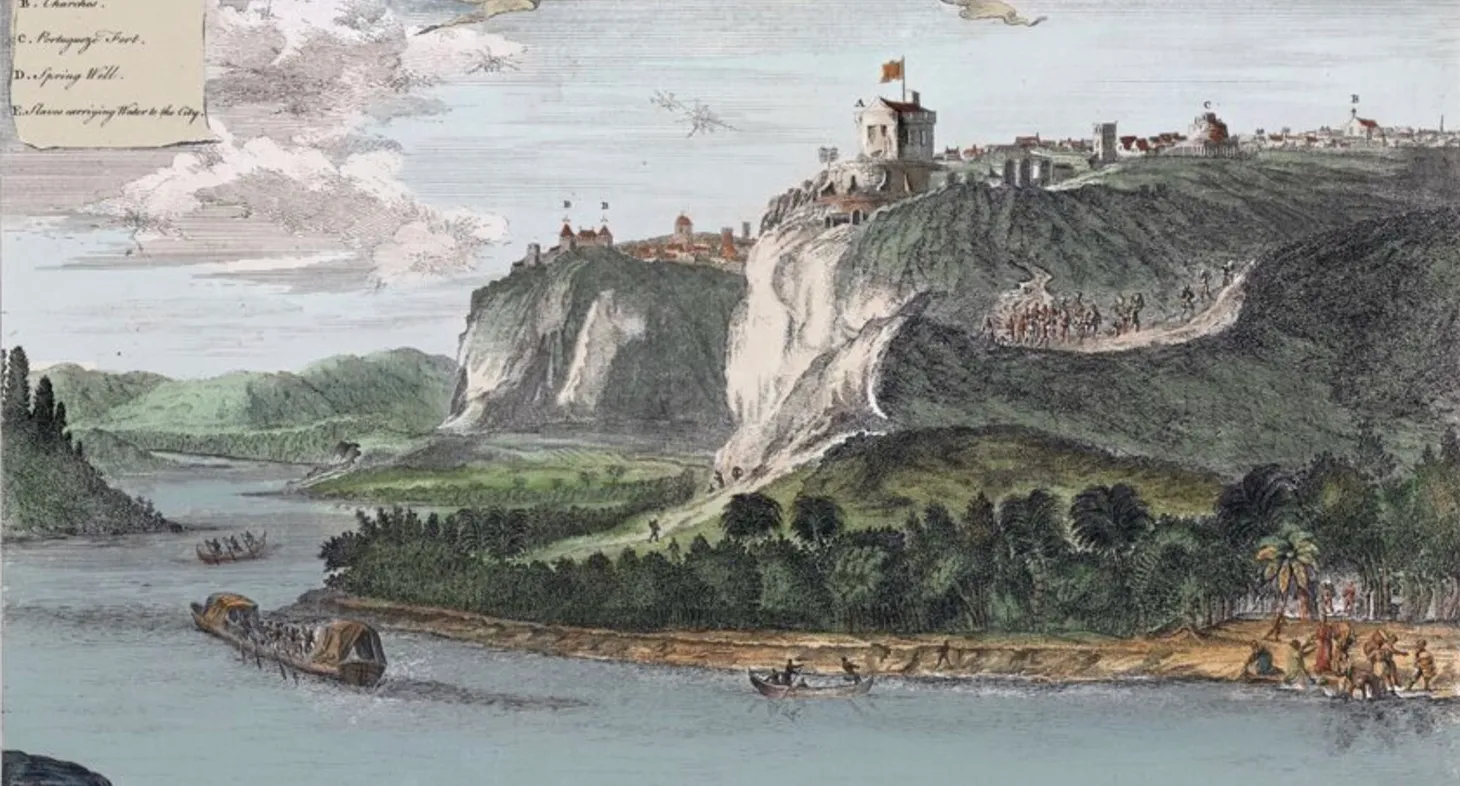“A Mixed Population of Muslims and Zanj”: Teaching East Africa in World History, c.1000 to Present
Discussion of teaching East Africa Africa in World History
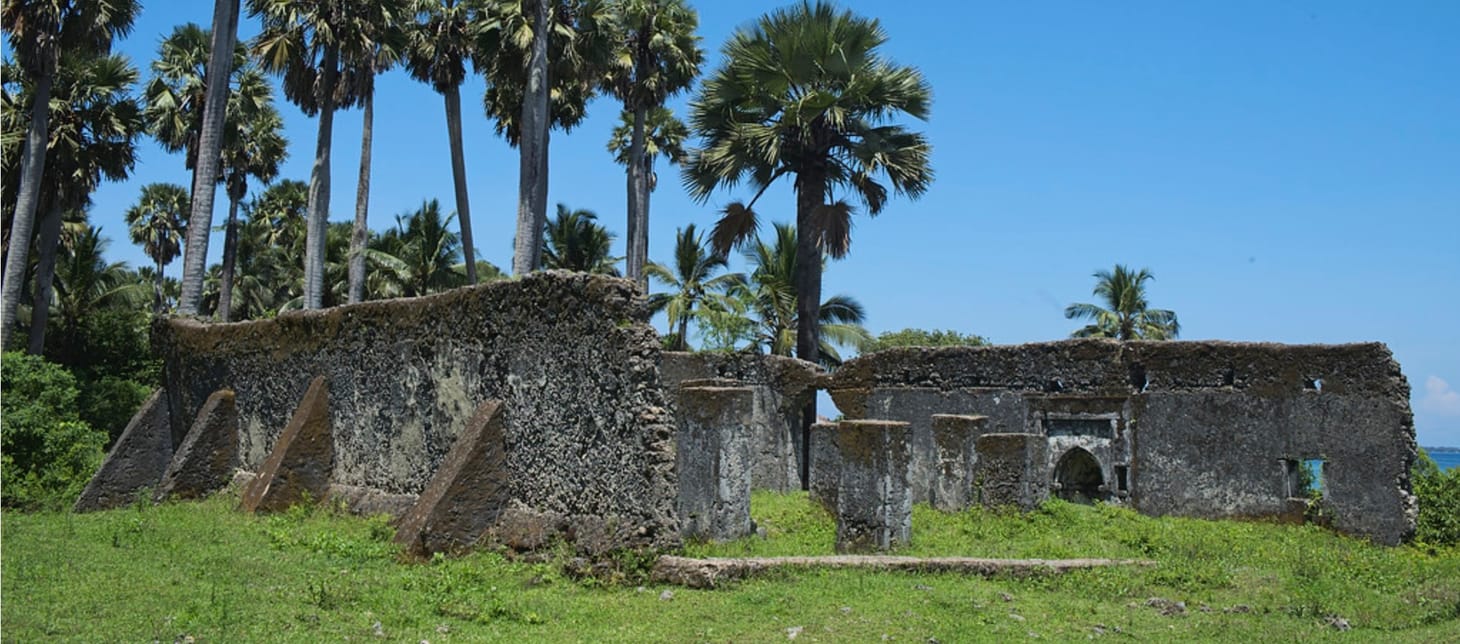
Last month I traveled to Zanzibar with my wife. It was my second visit, and her first. As we walked around historic Stonetown, we noticed the diversity of people. We had conversations with Arabs, Black Africans, and Indians, all of whom called Zanzibar home. There were also many White Europeans in Stonetown. Some were tourists, but others ran businesses. Within a square kilometer, there were mosques, Anglican and Catholic Churches, as well as Hindu and Jain temples. My wife was surprised by the city’s diversity. Although mass tourism has partially influenced Stonetown’s present-day diversity, centuries of exchange between East Africa and the Indian Ocean world have also shaped Zanzibar.
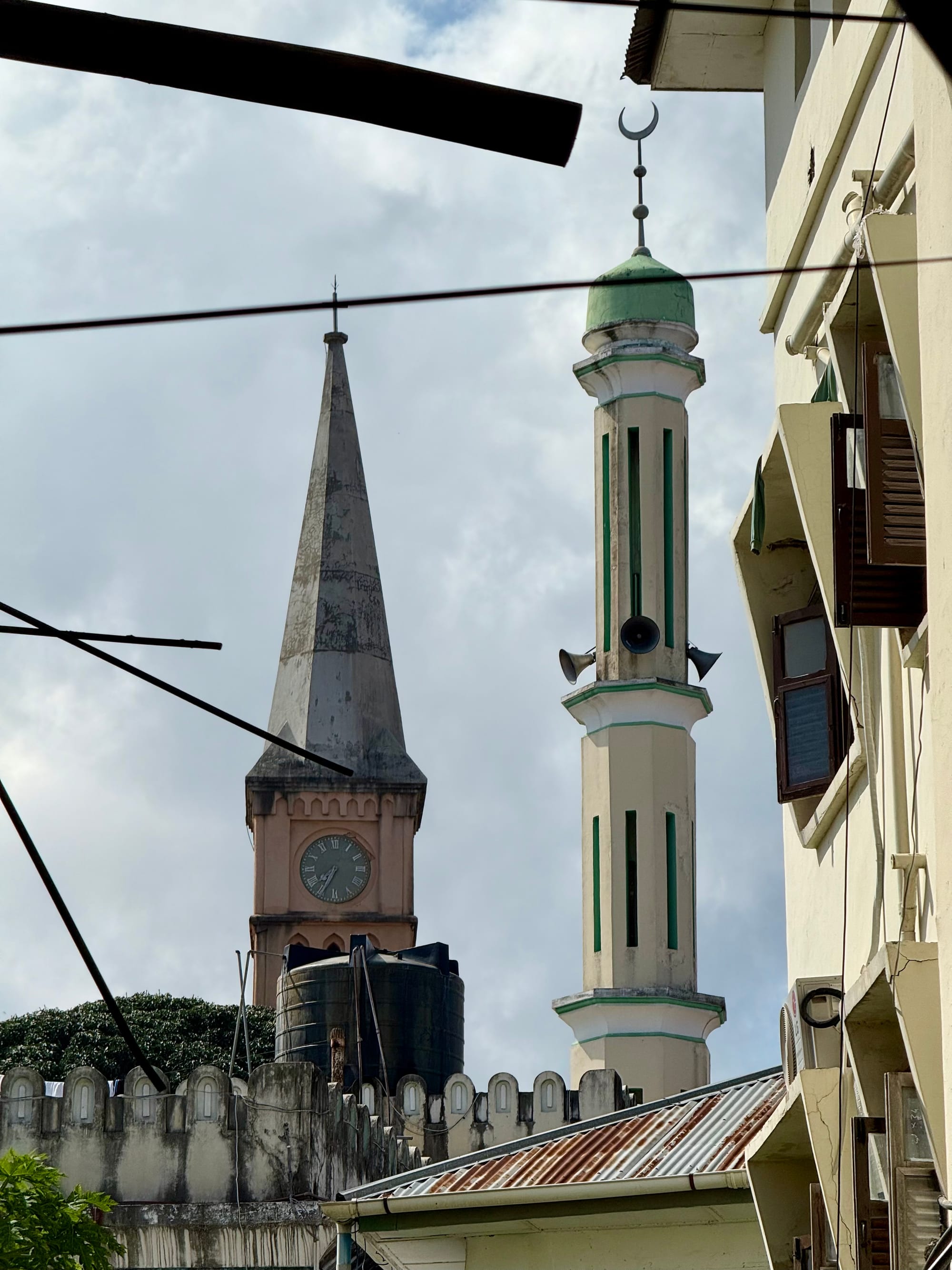
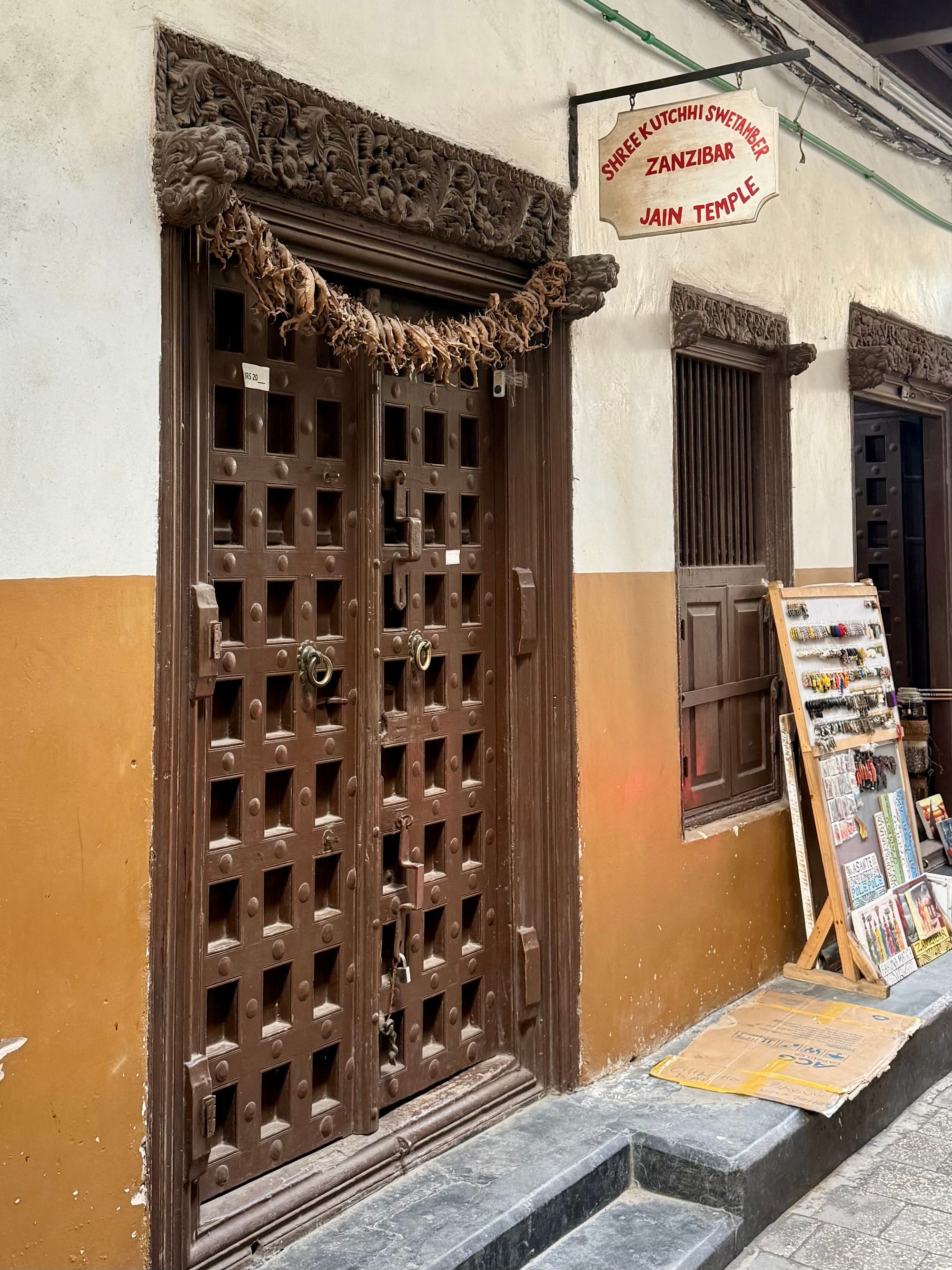
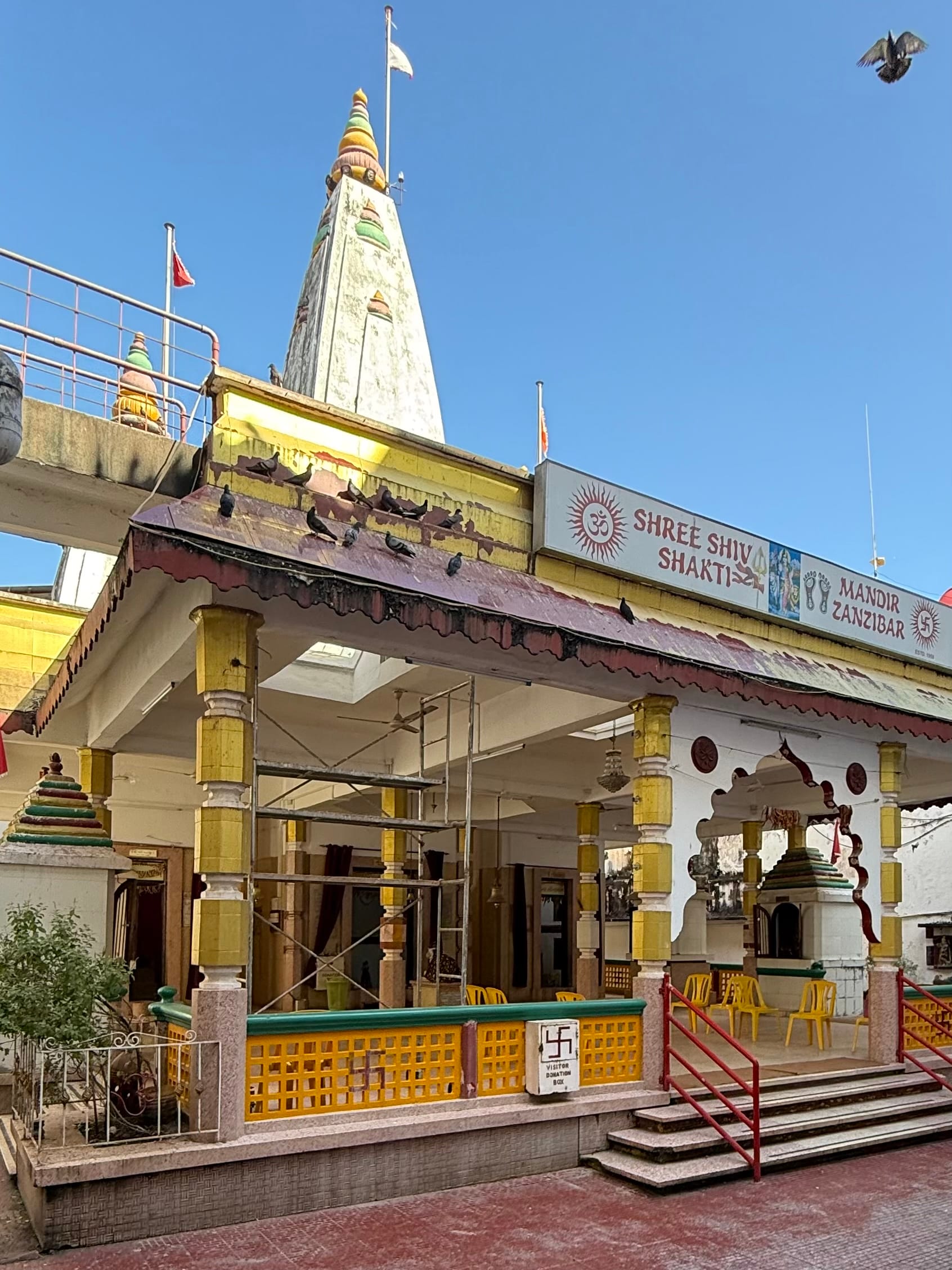
Left: Church tower and mosque minaret next to each other. Middle: Entrance to Zanzibar’s Jain temple. Right: The Shree Shiva Shakti Hindu temple. All photos by Bram.
While most world history textbooks discuss the Swahili Coast as part of the Indian Ocean trade network before 1500, East African history is rarely integrated into the main narratives of world history after the arrival of Europeans in the Indian Ocean. There may be occasional references to East African battles in the First World War or a mention of Jomo Kenyatta in the chapter on decolonization, but these are exceptions. Given the textbooks’ limited coverage of East Africa, it would be easy for many world history teachers to overlook East Africa in favor of more extensive coverage devoted to events in other parts of the world.
Even though old, racist European claims about Africa having no history until colonization have long been proven wrong, it doesn’t help when we only occasionally mention African examples in world history courses. We need to include African history consistently. Over the next month, I plan to discuss how we can regularly incorporate East Africa into our teaching of world history. By focusing on a few recurring themes, we can help students understand how East Africa fits into the main patterns of world history.
Thank you for subscribing to the free version of Liberating Narratives. Please consider upgrading to a paid subscription to support the development of advertising-free and inclusive curriculum materials. All posts include primary sources from African, Asian, Indigenous, Latinx, and marginalized voices that can be used in the classroom.
